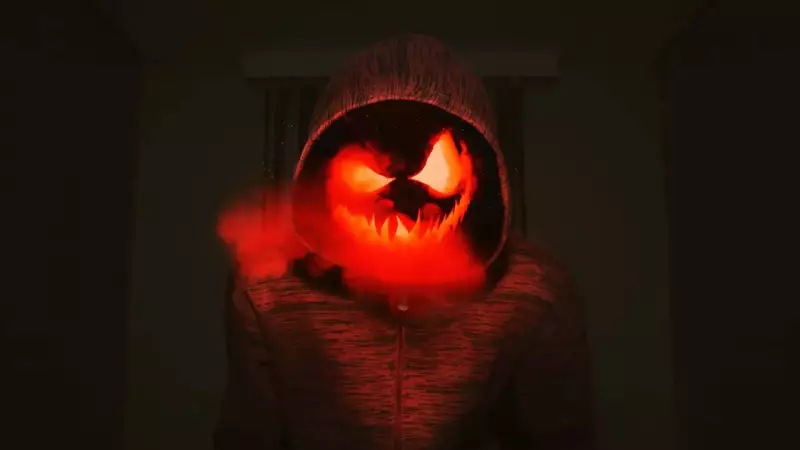
As Halloween approaches and horror movies dominate our screens, have you ever wondered why jump scares make you literally leap out of your seat? The answer lies deep within your brain's ancient survival mechanisms.
The Brain's Alarm System: Your Amygdala
When a sudden, unexpected scare occurs—whether from a horror movie or a haunted house—your brain's amygdala springs into immediate action. This almond-shaped cluster of neurons serves as your personal alarm system, triggering the famous "fight or flight" response before your conscious mind even processes what's happening.
The Chemical Cocktail of Fear
Within milliseconds of a jump scare, your body experiences a chemical explosion. Adrenaline floods your system, your heart rate skyrockets, and cortisol levels spike. This physiological reaction is exactly what horror enthusiasts crave—the authentic rush of fear without any real danger.
Why We Love Being Scared
Paradoxically, our brains can learn to enjoy these fear responses. The relief and dopamine surge that follow surviving a scare create a potent cocktail of emotions that many find thrilling. This explains why horror movies remain perennially popular, especially during Halloween season.
The Anatomy of a Perfect Jump Scare
Filmmakers and haunted house designers have mastered the art of the jump scare through careful manipulation of several key elements:
- Sound Design: Sudden, loud noises trigger instinctive fear responses
- Timing: Building tension before the release maximizes impact
- Visual Surprise: Unexpected movements or appearances startle the visual cortex
- Context: Familiar situations turning dangerous amplify the scare factor
From Primal Instinct to Modern Entertainment
What began as an essential survival mechanism for our ancestors—reacting instantly to potential predators—has evolved into a form of entertainment. Our brains still respond to these artificial threats as if they were real, giving us a safe way to experience primal emotions.
This Halloween, as you enjoy your favorite horror films or visit haunted attractions, remember that those heart-pounding moments are more than just entertainment—they're a fascinating glimpse into the deepest workings of the human brain.





